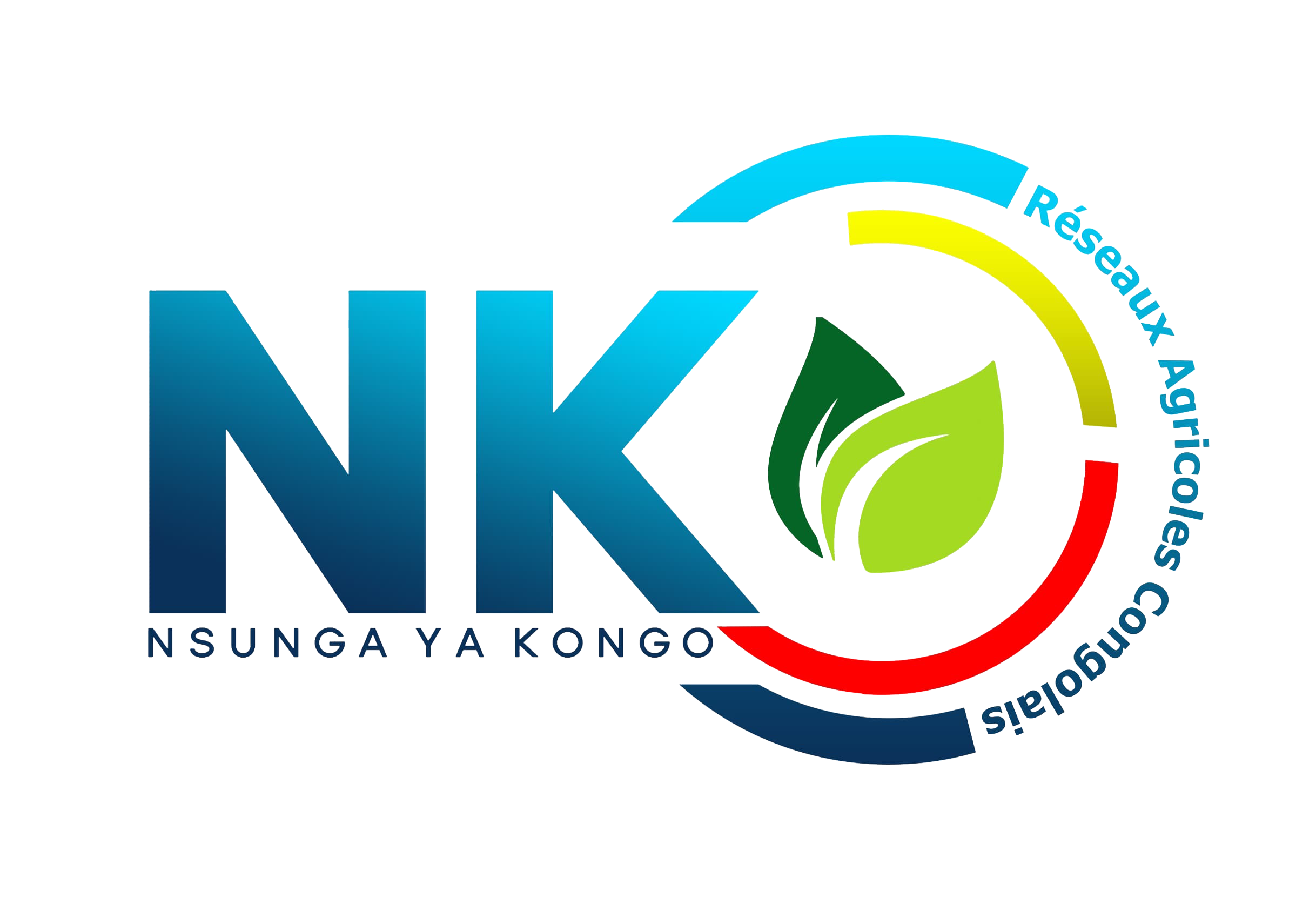Transformation Specifications
Agriculture transformation typically involves modernizing agricultural practices, increasing productivity, improving efficiency, enhancing sustainability, and promoting inclusive growth and development. Here are some key components of agriculture transformation specifications:
Setting productivity goals and targets to increase agricultural output per unit of land, labor, or input. This may involve adopting improved crop varieties, implementing advanced agricultural technologies, optimizing production techniques, and investing in research and development to enhance yields and efficiency.
Incorporating sustainability principles and practices into agriculture transformation efforts to minimize environmental impact, conserve natural resources, and promote resilience to climate change. Sustainable agriculture specifications may include measures for soil health, water management, biodiversity conservation, and agroecological practices.
Fostering value chain development and market integration to enhance the competitiveness, profitability, and resilience of agricultural enterprises. Agriculture transformation specifications may focus on improving market access, infrastructure, logistics, processing facilities, and access to finance and market information for smallholder farmers and agribusinesses.
Encouraging the adoption of agricultural technologies and innovations to enhance productivity, efficiency, and competitiveness. Agriculture transformation specifications may promote the use of precision agriculture tools, digital farming solutions, mechanization, biotechnology, and information and communication technologies (ICTs) to optimize resource use and decision-making.
Implementing policy and institutional reforms to create an enabling environment for agriculture transformation. This may include regulatory reforms, institutional capacity building, governance improvements, and investment incentives to attract private sector participation, stimulate innovation, and foster entrepreneurship in the agricultural sector.
Ensuring that agriculture transformation efforts are inclusive and equitable, benefiting smallholder farmers, women, youth, and marginalized groups. Agriculture transformation specifications may include measures to address gender disparities, enhance access to land, inputs, extension services, and financial resources, and promote social inclusion and empowerment in rural communities.
Strengthening the resilience of agricultural systems and rural livelihoods to shocks and stresses, such as climate change, natural disasters, pests, and diseases. Agriculture transformation specifications may focus on building adaptive capacity, diversifying income sources, promoting climate-smart agriculture practices, and providing risk management tools and safety nets for farmers.
Establishing robust data collection, monitoring, and evaluation systems to track progress, measure impact, and inform decision-making in agriculture transformation initiatives. Agriculture transformation specifications may include indicators, benchmarks, and performance targets to assess outcomes, identify bottlenecks, and adjust strategies as needed.
Fostering partnerships, collaboration, and multi-stakeholder engagement to mobilize resources, share knowledge, and leverage expertise in agriculture transformation efforts. Agriculture transformation specifications may involve collaboration between government agencies, private sector actors, civil society organizations, research institutions, and development partners to achieve common goals and objectives.
Developing a long-term vision and strategy for agriculture transformation that aligns with national development priorities, sustainable development goals, and global commitments such as the Paris Agreement and the UN Sustainable Development Goals (SDGs). Agriculture transformation specifications should be integrated into broader development frameworks and planning processes to ensure coherence, synergy, and sustainability in agricultural development efforts.
Overall, agriculture transformation specifications provide a framework for guiding and implementing comprehensive strategies to modernize, enhance, and sustainably develop the agricultural sector, thereby contributing to food security, poverty reduction, and inclusive economic growth and development.
